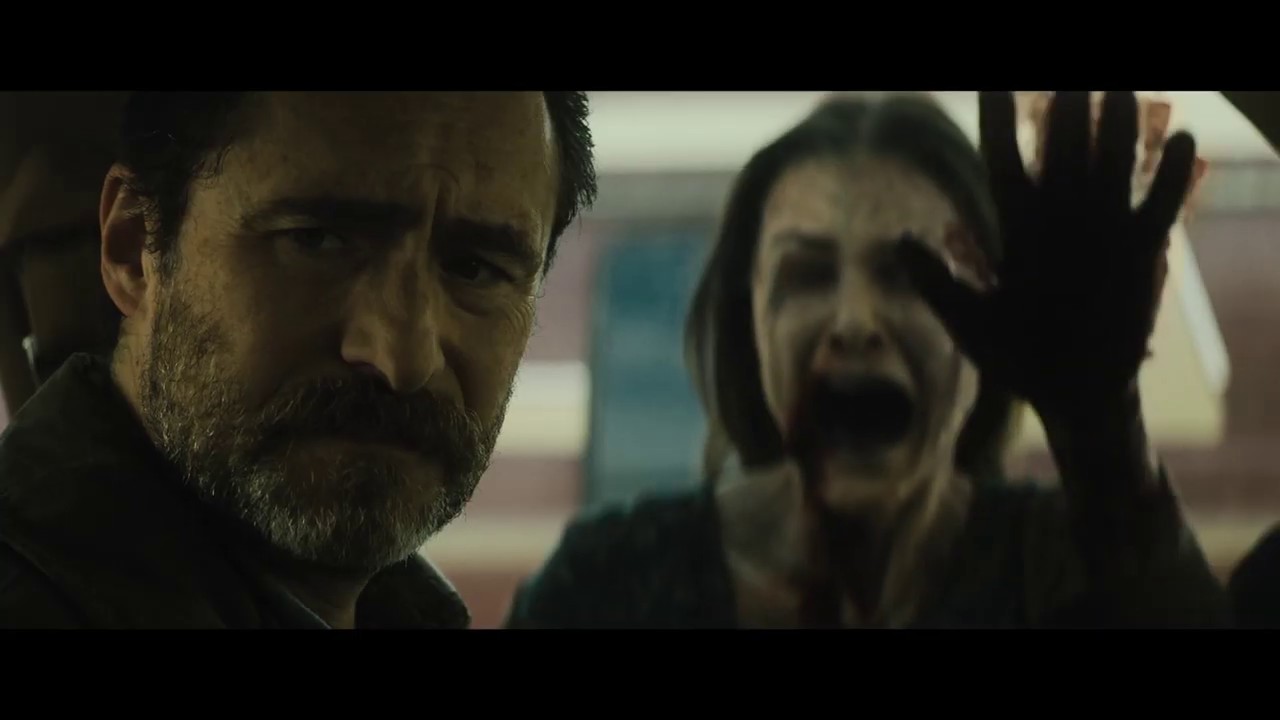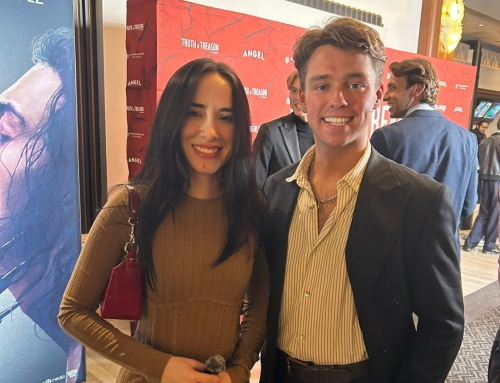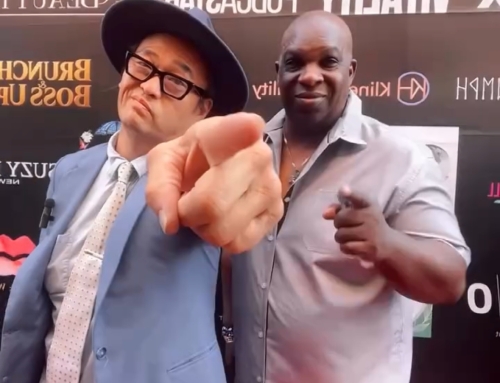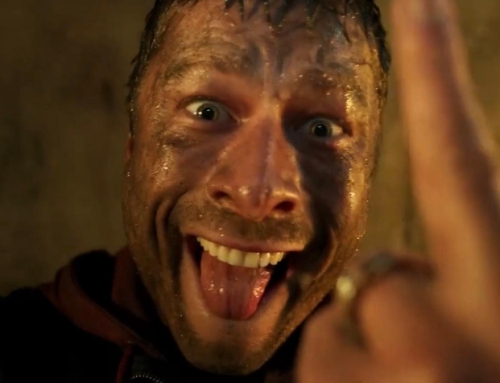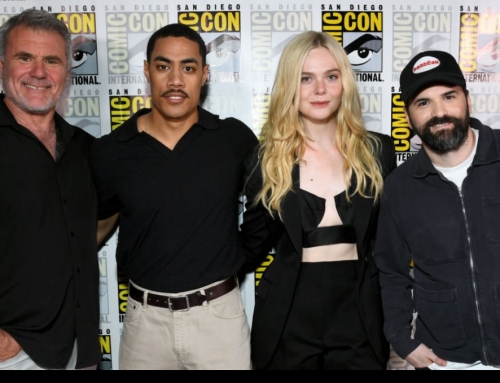The GRUDGE
Directed by Nicolas Pesce, THE GRUDGE stars Andrea Riseborough, Demián Bichir, John Cho, Betty Gilpin with Lin Shaye and Jacki Weaver. With a screenplay by Nicolas Pesce and a story by Nicolas Pesce and Jeff Buhler, THE GRUDGE is based on the film “Ju-On: The Grudge” written & directed by Takashi Shimizu. THE GRUDGE is produced by Sam Raimi, Rob Tapert and Taka Ichise and is executive produced by Nathan Kahane, Erin Westerman, Brady Fujikawa, Andrew Pfeffer, Roy Lee, Doug Davison, John Powers Middleton and Schuyler Weiss. This film is rated R by the Motion Picture Association of America for disturbing violence and bloody images, terror and some language.
About THE GRUDGE
Fifteen years have passed since one of America’s most successful producer/directors, SAM RAIMI (A Simple Plan, Spider-Man, Drag Me to Hell), first introduced American audiences to The Grudge. Now, the creator of the Evil Dead series is excited to return to one of his favorite stories in an R-rated version. “When we made the original in 2004,” Raimi says, “horror was still on the outside, and it was still for the cult audience. But it has now moved into the mainstream.”
The 2004 American film was based on the Japanese horror movie Ju-on: The Grudge, directed by Takashi Shimizu, which captured (and terrified) horror audiences in Japan. The movie was so popular in Japan that, a year later, it not only generated a sequel, but interest from Raimi in having Shimizu bring it to American audiences. “Takashi’s Grudge films were very successful in Japan,” Raimi relates. “and I’d so loved his series, I wanted the American audience to see The Grudge.”
Raimi says that the time is right to return to the franchise – especially since he says that audiences have approached him often over the years asking for R-rated Grudge thrills. “A lot of fans out there have been asking to see another Grudge film,” he says. “But we didn’t think we could do one until we had the right voice to tell the story.”
That voice belongs to NICOLAS PESCE (pronounced “Pesh”) who was in middle school when he first saw the 2004 Grudge film. “At that age, I was a big scaredy cat. Horror movies freaked me out,” he admits, having been raised on more classic black and white horror. But upon entering film school, he realized it was horror films that wound him up, not the art films shown in the classroom. “The fact that a movie can, days later, make you afraid to go to bed is awesome,” he states.
Pesce brought his very first feature film, Eyes of My Mother, to the Sundance Film Festival in January 2016. There, Raimi’s producing partner at Ghost House, Rob Tapert and producer Roy Lee (Godzilla: King of the Monsters), saw the film and took a meeting with the tyro director. “I was doing the usual round of meetings that you do up there,” Pesce recalls, ending up in one with Lee. “I was kind of raving about how my I loved the Grudge movies – I didn’t even know they were trying to do a new one!” Though a previous pass at a script had been written by screenwriter Jeff Buhler, Lee was particularly taken with Pesce’s understanding of the films being essentially anthology stories, following different characters in different places. Lee informed him they were actually looking to make a new film, and asked if he had any ideas. “It’s a tapestry of stories that are loosely connected, all surrounding this house,” Pesce says. “So we had an opportunity with this franchise to not remake anything, but rather add a new installment into the franchise – a new chapter to the canon.”
Signing on to the project the following month, Pesce began developing a story – and, unlike previous Grudge films, this time armed with an R-rating, which he put to good use. “We thought it was time to push The Grudge to the next level,” Raimi explains. “The fact that Nick can make this film with an R rating is a great weapon in the arsenal of a storyteller whose goal is to terrify the audience. He can portray these vengeful ghosts really harming their victims, and he can show blood on the screen without fear of it being cut.”
Pesce began piecing together a story drawn from his own life, in particular, growing up in the New York City suburbs, in a small town called Cross River. “In any small town, there’s folklore and legends – ‘Oh, you know, I heard that, at that house, this happened’ and ‘Did you hear about so-and-so’s dad?’ It’s fascinating – you look at idyllic places, and behind closed doors, it’s a different world. There’s horrifying stuff happening even in the most glamorous of places.” So he pieced together some of those memories and lore and created his own mythology.
The first thing Pesce did was place the Grudge story on American shores for the first time, in a small town named. . . Cross River. “There are some underlying things that make THE GRUDGE work that are really specific in the setup in the original movies,” explains executive producer Schuyler Weiss, who produced Pesce’s previous two films. “And if you play within those rules, then it automatically connects to the movies that have come before. But it also gives you a lot of freedom, in terms of stories and characters.”
Pesce set the new film in 2004, picking up the timeline from the first American-made film, and doing something he would do throughout the project: pay homage to the previous Grudge movies. “In the 2004 film, Yoko is seen taking over for someone, who is never named,” he explains. “We thought it would be fun if she was taking over for Fiona Landers,” who would then return to the U.S., now infected with the Grudge. Fiona is indeed seen briefly at the start of the film, leaving the very house seen in the earlier films in Japan. . . and starting an entirely new “infection” in America, leaving the Grudged Saeki home and eventually drowning her own daughter, as Kayako (who sharp-eyed fans can actually spot briefly in that beginning scene) did to her son, Toshio.
One very important aspect of Pesce’s storytelling, which he brought along from Shimizu’s original, is his play with time. Though the film begins with Muldoon and Goodman’s discovery of Lorna Moody’s decaying corpse, the story cuts between the current time and the bits and pieces of the other stories (the Spencers, the Mathesons and Wilson). “You’re given vignettes that you don’t fully understand how they connect, truncated stories that, at first, feel divorced from each other, until you get through the whole movie,” the director explains. “It’s sort of a puzzle movie. It’s always about figuring out how these things go together – learning hints from other people’s stories that might give you insight into another storyline.”
Notes Weiss, “It’s a great opportunity to create mystery, particularly since the main characters are detectives. So they’re trying to solve this crime, and we, the audience, sometimes learn things in the other stories that the detectives are also trying to find out. And as we go back and forth, we begin to understand what really happened here.” Adds Raimi, “It’s one of the things that makes it more of an adult, interesting experience for the audience. It’s really up to them to pay attention to what’s happening and to put together what happened when, and who murdered whom. By the end, they’ve solved a puzzle. It’s a challenging and satisfying picture to watch.”


